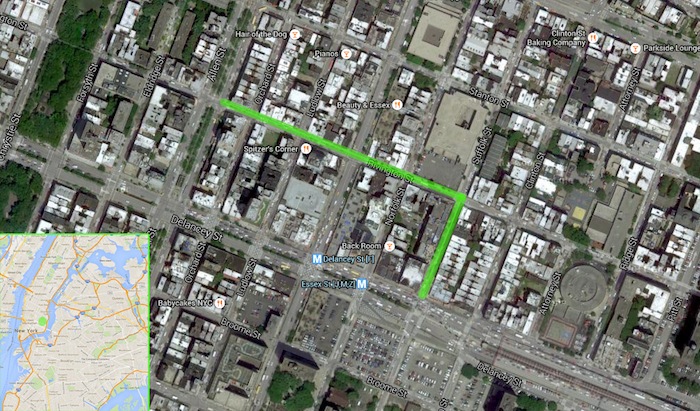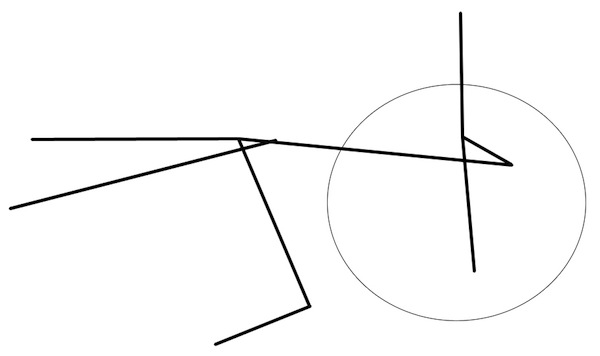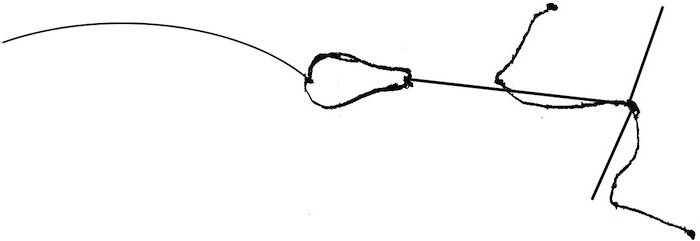|
Decay & Deviance: Depositional Readjustment of NYC Bikes While acting like an archaeologist Harrison Ford famously insisted that prized relics, "belong in a museum!" He was wrong. No object deserves such a sterile fate. Nor does any object deserve to be held captive in the private collection of a bored financier. Objects, like you, should be interacted with, should induce and become change. Sometimes interaction entails transition and transformation, but this is not something archaeologists need fear. Mutation is good. Where there are mutants, there is life. Efforts to preserve archaic materiality in some "ideal" static state, quarantined from durational scaring are misguided. Further, while decay is often viewed as "natural," other depositional processes, such as looting, theft, or animal and climate perturbations are viewed as deviant interruptions of the senescence of materiality. This project attempts to re-wire these notions by interrogating deposited objects. The site of this investigation is the New York City streetscape. The objects of interest are the bicycles chained to the city's signage, scaffolding, and bike racks. The work presented here argues that decay, theft, looting, and other disturbances are equally 'natural' depositional processes. Bikes that have been left locked up for extended periods of time and had multiple parts removed recede into the street as would a ceramic vessel left behind in a seasonal settlement. The rusty chain (weather) or stolen seat (looting) are equal signatures of time as is durational fission that breaks down ceramics into disparate components. City streets are arteries of interaction where novel relationships emerge. The more objects that clutter the streets, the more causality that transpires, the more things happen. To extricate objects from the causal artery of the street, such as those cyclists who carry their front tires into their cubicle with them to prevent theft or weathering, is to treat the street as a vapid conduit for the accumulation of surplus emptiness. Quarantining bikes from the causality of the street castrates both the bike and the street, disabling their capacity to induce change. Thus, looters are not enemies of archaeology. Looters actively engage with objects that have otherwise been hidden away from human interaction. Looters makes things happen. A more appropriate nemesis for the archaeologist is the hoarder who stows materiality away from interactional "habitats." The future archaeologist looking for absent (not present) causes will not find any such traces when they uncover a carbon fiber bike frame in the shell of an office building. Such a relic will not have been a generator of causes or effects, but rather a hesitation machine used to sterilize the possibilities of the street. Putting objects in a museum is okay if you find dead, redundant materiality that no longer causes or effects engaging enough to warrant a $20 admission fee. Just be aware that what is on display is not an object, but a noun with carefully curated adjectives. "Authenticity," to employ a rather unproductive concept, does not occur in a vacuum. It is a performance, like the streets of New York City.
The following site plans illustrate mutinous objects that were excavated in the act of performing the Streets of New York.

Artifact <004> // Context [LES001]
Artifact <006> // Context [LES001]
|



